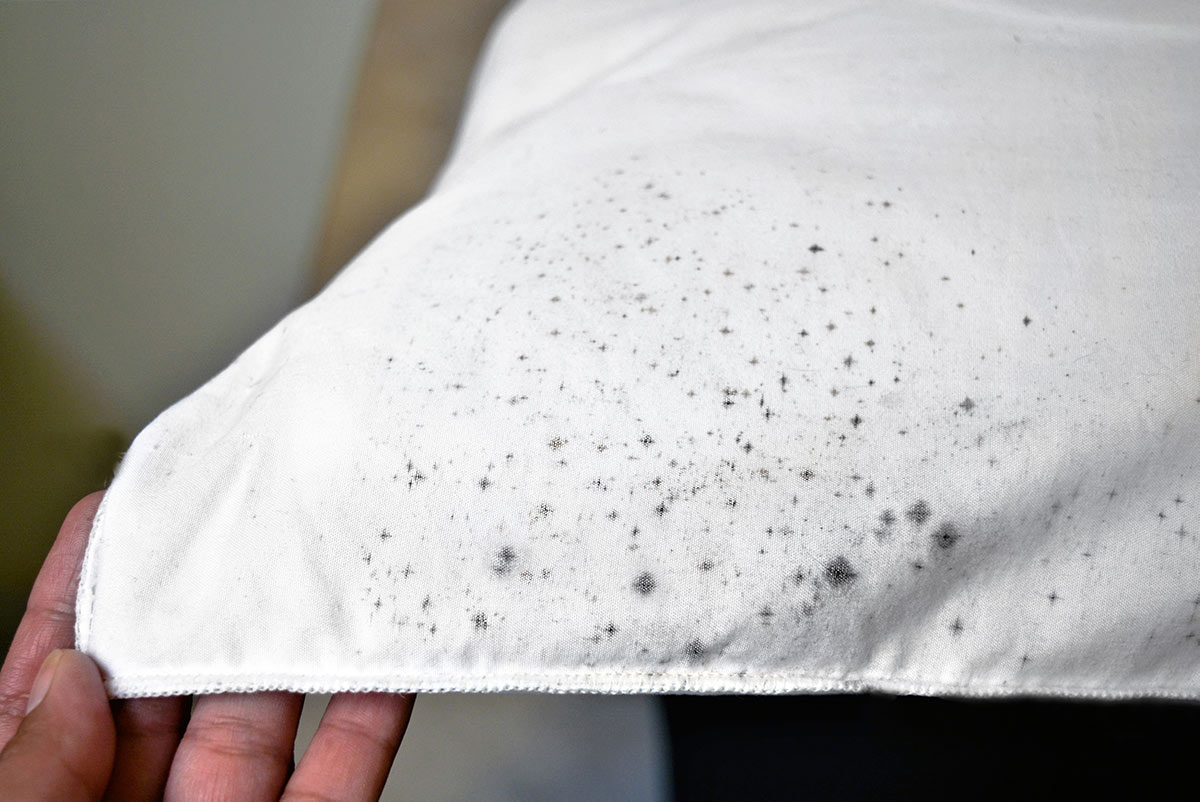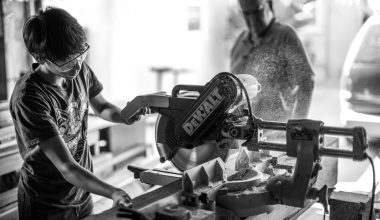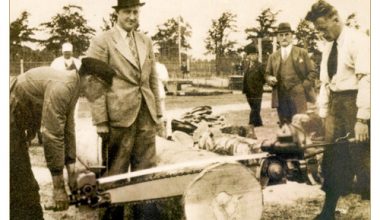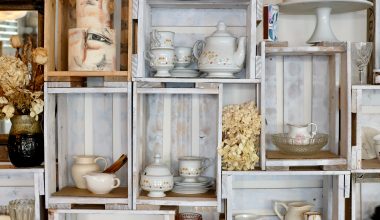There’s nothing more frustrating than discovering a mold stain on your favorite item of clothing. But don’t worry, in most cases, you can easily treat and remove the mold without having to throw the garment away. In this article, we’ll take a look at how cleaning pros remove mold from clothing and leather.
How to Remove Mold From Clothes
Before you start, first make sure you are in a well-ventilated area, ideally outside. Mold spores circulate freely in the air, so it’s best to remove any moldy items from the house as soon as you discover them.
Step 1: Brush off Mold
Wearing gloves and a face mask, brush off any loose mold using a brush. This helps to remove as much as possible before you place the garment in the washing machine.
Step 2: Read The Label
Not all clothing reacts well to bleaching. Before you start, make sure you read the label on the garment carefully to plan your approach. For white cottons, and other fabrics that can tolerate bleach, you will use that. Remember you can also use oxidizing bleaches like OxiClean.
For non-bleachable fabrics, you have two choices. Firstly, you can use a purposely formulated mold removal product like EC3. This mold treatment product uses a gentle botanical formulation which is free from bleach. The other alternative is to use white vinegar solution of 1 cup vinegar in a bucket of water.
Step 3: Soak
Prepare a soaking solution using your cleaner of choice. All should be made up using a diluted cleaning product as directed. You might choose to test your solution on a small area of the garment first, to make sure that you won’t cause lasting damage. After that, leave your garment to soak for a few hours.
Step 4: Wash
Finally, it’s time to wash your garment. You should use the highest temperature setting you can to make sure you kill the mold and rinse away any leftover spores. Some folks like to use two washing cycles to ensure stains are removed entirely.
Step 5: Air Dry
After washing is complete, air dry your garment in the sunshine. The sun is a powerful mold killer, and will help to kill off any remaining spores as well as dry the fabric.
How to Remove Mold From Leather
Shoes left in an unused closet can quickly attract mold – and leather’s porous structure makes cleaning it a little more difficult. Let’s take a look at how to clean mold off a pair of old shoes.
Step 1: Preparation
Whenever you’re cleaning mold, it’s always best to wear a mask, gloves, safety glasses and take the item outside for cleaning. This helps prevent mold spores from the shoes landing back in the house and causing more growth.
Step 2: Cleaning
Using a soft brush, carefully brush as much mold as you can off the shoes. As we mentioned before, this is definitely best done outside.
Step 3: Mold treatment
Mix up a solution of 50% cool water and 50% isopropyl rubbing alcohol. Using a clean white cloth, carefully clean all surfaces of the shoes with this solution. The alcohol will kill the mold spores on the leather with minimal damage. Leave the shoes to dry for 10 minutes.
Step 4: Rinse
Finally, you can rinse the shoes with more water, and leave them to air dry in the sun. It’s a good idea to stuff them with plain white paper to aid the drying process. Clean white cloths will also work.
Step 5: Recondition Leather
Drying leather out with alcohol can cause it to lose the natural oils that give it flexibility, causing it to crack. It’s a good idea to use a leather conditioning product to return oils to the leather and prevent it from cracking and degrading after cleaning off the mold.
Preventing Mold Growth In Clothing & Leather
Mold and mildew love to grow in warm natural environments. What’s more, natural porous materials like leather tend to hold a little moisture, making them an ideal place for spores to multiply.
We recommend drying your leather shoes and boots completely before you put them away, and making sure there’s no mud or natural materials left on them. Store them in a dry place, and take them out at least once every 6 months for inspection. If you catch mold and mildew early, it’s almost always salvageable. But boots put away moist in a warm attic are a surefire way to attract mold.
The same is true of clothing and jackets – always dry them out thoroughly before you put them into storage. Always ensure your storage is cool and dry, and consider a dehumidifier if you have persistent dampness.
More information: Wikihow






